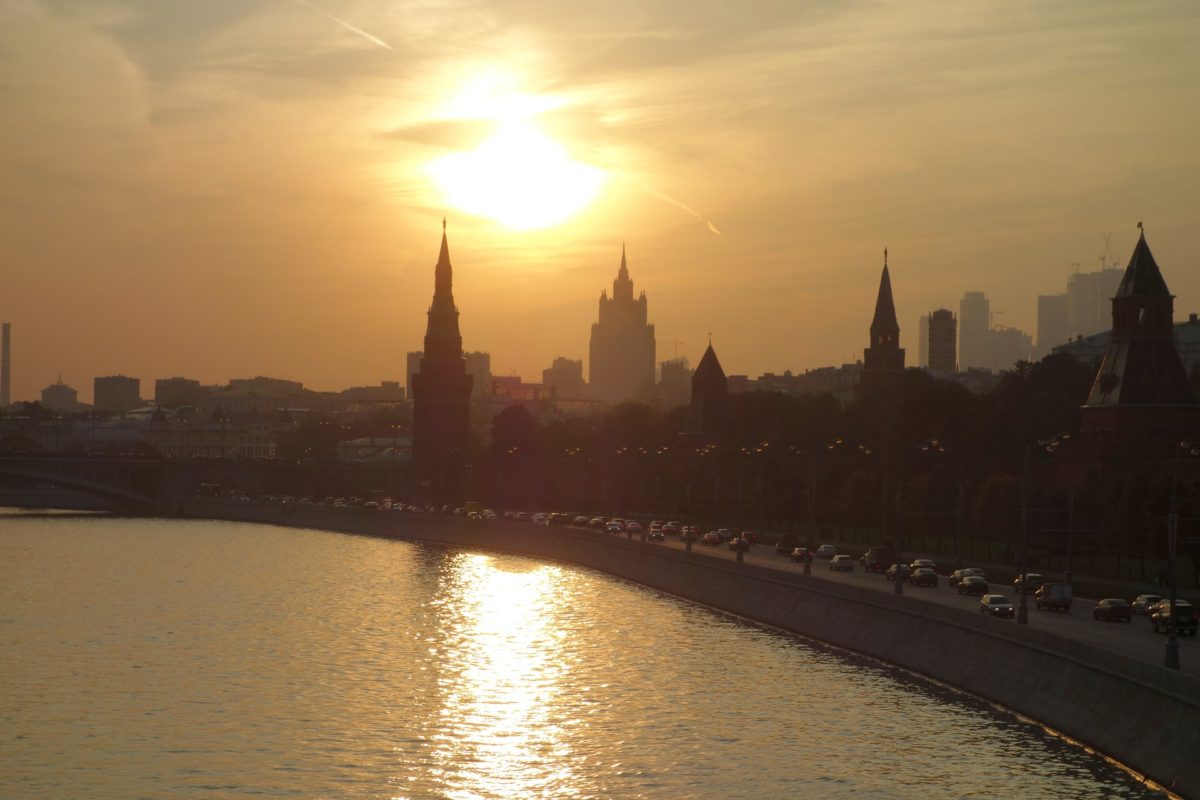In the latest, final round of Russia’s renewable energy auction scheme, trading system administrator JSC ATS allocated Finnish utility Fortum the 5.6 MW of generation capacity available for solar. Although the official result will be announced at the end of the month financial newspaper Kommersant revealed the outcome, which saw 71 MW of wind power awarded Enel Russia, the local unit of Italian energy company Enel, and 8 MW of hydropower allotted.
According to business development consultant Stanislav Osadchiy, only three solar projects were pre qualified for the procurement, with Fortum reducing its proposed project’s capital expenditure (capex) figure from RUB116,489 ($1,800) per kilowatt installed to RUB49,788. The Fortum project is set to be commissioned in 2022.
Another 5.6 MW project, for which no details were revealed, had final capex of RUB53,800 and a further unnamed project had set-up costs of RUB54,990 per installed kilowatt.
Prices of solar keep declining
All three prices were considerably lower than those seen for solar in the previous round of the auction scheme, held last June. Fortum, which in that exercise secured seven projects with a total capacity of 110 MW, had proposed capex of RUB58,984-69,853 per kilowatt installed – almost half the figure suggested by Russian module manufacturer Hevel, which secured the remaining 40 MW of PV capacity.
Fortum’s final offer in this year’s round was also lower than that of Enel for its 71 MW of wind power capacity, which in Russia has traditionally been the dominant renewable energy. The Italian company offered a capex of RUB64,860. The final capex figure for the 8 MW of small hydro was RUB175,948 per kilowatt installed.
Fortum and Hevel were also successful solar project bidders in a renewables auction held in 2017 in which the government assigned around 520 MW of PV capacity.
An expiring scheme
To date, the Russian authorities have allocated around 5.4 GW of renewable energy generation capacity through an auction system launched in 2013. Of that capacity, 1.78 GW were assigned to solar, 3.25 GW to wind and 160 MW to hydro. All the selected projects must be operational by 2024.
A further 1.18 GW of solar capacity is planned for installation in the 2024-2030 period but it is not known how the government intends to support those projects.
According to the International Renewable Energy Agency (IRENA), Russia has the potential to almost double its 2030 solar capacity target, to 5 GW. Although the nation is not regarded as a country with high solar radiation, IRENA said southern regions such as Dagestan and Altai could host large scale PV plants “likely to perform as efficiently as in southern Italy”.
In a recent interview with pv magazine, geopolitics expert Indra Øverland analyzed the difficult relationship between Russia and renewables. Despite the belief the gas and oil superpower has little interest in clean energy, Overland believes the world’s largest nation will use renewables to improve its domestic power supply, especially in remote regions.
This content is protected by copyright and may not be reused. If you want to cooperate with us and would like to reuse some of our content, please contact: editors@pv-magazine.com.




By submitting this form you agree to pv magazine using your data for the purposes of publishing your comment.
Your personal data will only be disclosed or otherwise transmitted to third parties for the purposes of spam filtering or if this is necessary for technical maintenance of the website. Any other transfer to third parties will not take place unless this is justified on the basis of applicable data protection regulations or if pv magazine is legally obliged to do so.
You may revoke this consent at any time with effect for the future, in which case your personal data will be deleted immediately. Otherwise, your data will be deleted if pv magazine has processed your request or the purpose of data storage is fulfilled.
Further information on data privacy can be found in our Data Protection Policy.